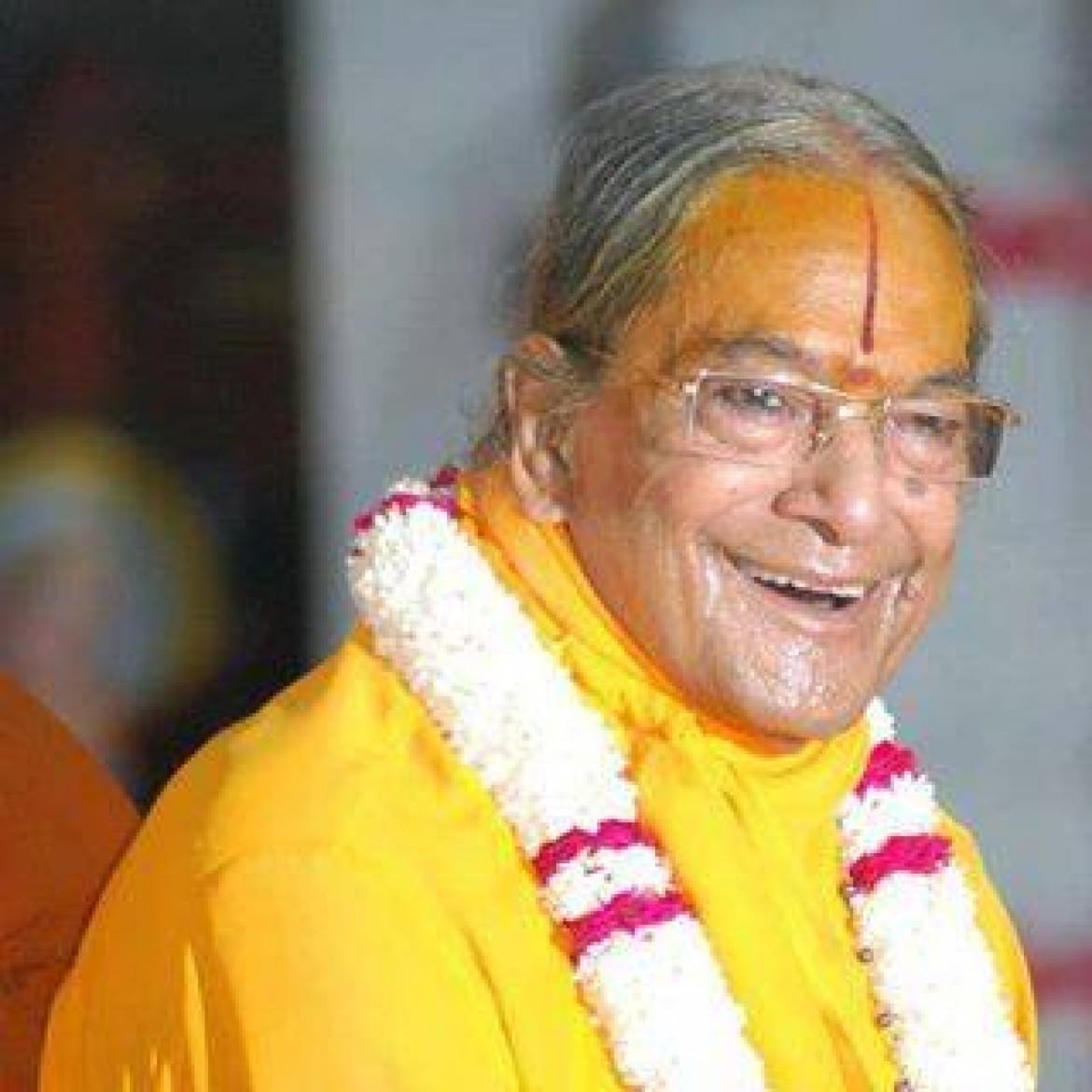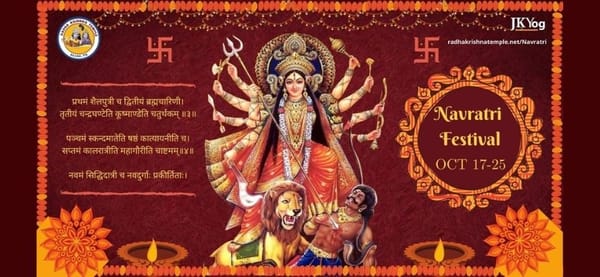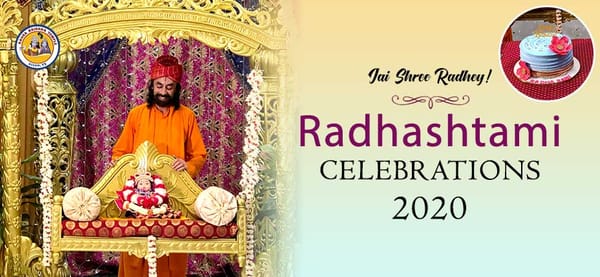Indian philosophy is rich with the wisdom of many paths of reaching the absolute truth. We may have read about these different practices and wondered what is the difference between them. There is Advait vad, Dwait vad, Vishisht Advait vad, Dwait Advait vad, Vishuddh Advait vad and Achintya Bhedabhed vad. Swami Mukundananda sheds some light on this very important topic for us to understand the basics of these paths. The Vedas and Upanishads reveal all these paths in great detail but can be very confusing for a spiritual seeker if it not understood from a qualified and God-realized Saint or Shrotria-Brahmanistam. All these are names of the philosophies presented by the founders of various traditions in Hinduism. An important Vedic scripture is the Vedant Darshan; it is also called Brahm Sutra. Many of the great Acharyas (Spiritual Teachers) have written their commentaries on it. In these commentaries, the distinct philosophic stance they took to explain the relationship between God, the soul and Maya, resulted in the name given to their philosophy. Jagadguru Shankaracharya stated that there is only one entity in existence, called Brahman (or God). It has no form or attributes. The soul is not a separate entity from Brahman, rather the soul is Brahman itself, but covered by ignorance. The day that ignorance is dispelled, the soul will realize itself to be Brahman. He also stated that Maya does not exist; it is mithya (an illusion) and we only perceive it due to ignorance. If our ignorance gets dispelled, Maya will cease to exist. Since Shankaracharya emphasized that one entity in exists, his philosophy is called Advait vad, or Non-Dualism. Jagadguru Ramanujacharya agreed that there is only one entity, Brahman, but stated that it possesses variety. Just as a tree is one but it has got branches, fruits, leaves and flowers in it. Similarly, the Jiva (Soul) and Maya are visheshan (distinct attributes) of Brahman. Hence, he called his philosophy Vishisht Advait vad, or Qualified Non-dualism. Jagadguru Madhvacharya took the opposite viewpoint. He emphasized five dualities:
Duality between one soul and another soul. This is evident by the fact that one soul gets liberated while the other is still bound, thus proving that all souls have their own distinct individuality.
Duality between the soul and Maya. Maya is insentient and non-conscious, while the soul is sentient and conscious.
Duality between Maya and Maya. We eat certain items and discard others as inedible, which proves that food items are different from each other. If they were all the same, we should not have hesitated in eating mud.
Duality between Maya and God. God is the All-powerful Creator. Maya is His energy. God is full of Divine Knowledge, Eternity and Bliss. Maya is insentient and dependent upon God’s power for its work.
Duality between the soul and God. The soul is under the bondage of Maya, while God is the governor of Maya and can never come under its sway; the soul is finite in its knowledge while God is all-knowing; the soul pervades its consciousness within one body while God pervades the entire universe; the soul is hankering for Bliss while God is an ocean of Bliss.
Since he emphasized dualities, his philosophy is called Dwait vad, or Dualism. Jagadguru Nimbarkacharya said both Non-dualism and Dualism are right. A drop of water and the ocean can be called one, and they can also be called different from each other. Similarly, the soul is a part of God, so you can either club the soul and God together and call them as one entity, or you can distinguish them and say that they are distinct from each other. Hence, he propagated Dwaitadvait vad, or Dual Non-dualism. Jagadguru Vallabhacharya propagated Vishuddh Advait vad, or Pure Non-dualism. He stated that the Non-dualism of Shankaracharya is not correct, because he has denied the existence of Maya, and the existence of a distinct entity called the soul. The fact is that both Maya and the soul exist, but they are one with God. Hence, he called his philosophy Vishuddhatvait vad, or Pure Non-dualism. Chaitanya Mahaprabhu said that just as heat and light are energies of the fire, and they are simultaneously one and different from the fire, similarly the soul and Maya are energies of God, and are simultaneously one and different from God. He also added that these both concepts of difference and oneness cannot be fully comprehended by the intellect. Hence, he called his philosophy Achintya Bhedabhed vad, or Inconceivable Simultaneous Oneness and Difference. These are the six major schools of Indian philosophy that have been accepted as authentic by the Vedic scholars. Each of these has further branches. For example, in Advait vad, there are many differing views: Ajata vad, Vivart vad, Avichched vad, Drishti Srishti vad, Srishti Drishti vad, etc. Besides these, there are also other schools of Indian philosophy, which are less popular and less scholarly in the presentation of their philosophies.







